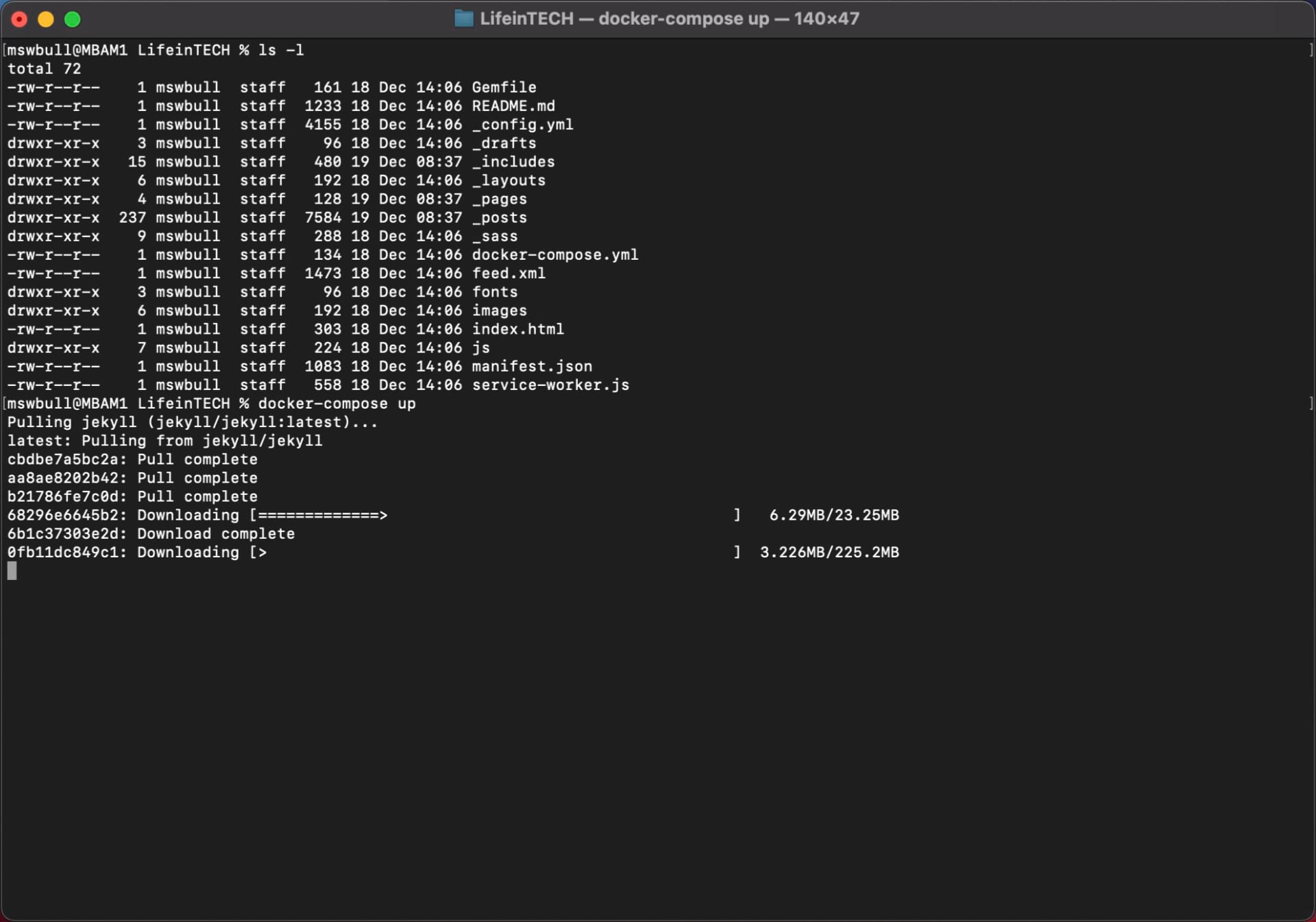

- Mac os docker compose increase cpu mac os#
- Mac os docker compose increase cpu driver#
- Mac os docker compose increase cpu upgrade#
- Mac os docker compose increase cpu windows 10#
- Mac os docker compose increase cpu license#
The ingress, and ingress-dns addons are currently only supported on Linux.
Mac os docker compose increase cpu mac os#
In addition to this, there is an abstraction layer between Mac OS kernel and applications (Docker containers) and the filesystems are not the same.

Therefore, there is a client on Mac OS to run Docker. Unfortunately, Mac OS and Windows cannot provide this. Finally, let’s load up the kibana inside the docker-compose stack I.
Mac os docker compose increase cpu driver#
(( $# )) & ') )Įcho "- Unsetting DOCKER_* environment variables ($(echo | sed 's/ /, /g'))." The following Docker runtime security options are currently unsupported and will not work with the Docker driver (see 9607): userns-remap On macOS, containers might get hung and require a restart of Docker for Desktop. Docker needs a plain Linux kernel to run. max virtual memory areas vm.maxmapcount 65530 is too low, increase to at least. Now once docker is running, the disk space reach 100 n user encounter slowness.
Mac os docker compose increase cpu windows 10#
Windows 10 Docker processes consuming high CPU but some discussion of this issue and instructions for using the.
Mac os docker compose increase cpu upgrade#
You can deploy production ready units of software on either Kubernetes or Swarm, and Docker Desktop works with any framework or language. There have been many reports of possible memory leaks and apparent high memory usage of Docker Desktop since the upgrade to macOS 10.

When docker-start launches Docker.app, it waits until Docker has finished starting up and is ready.Įcho $'usage: docker-start\n\nStarts Docker (Docker.app) on macOS and waits until the Docker environment is initialized.' Docker Desktop is a Windows and Mac OS-based application to quickly build and deploy containerized applications. If you instead prefer starting and stopping Docker on demand from the command line, here are bash scripts that do that, docker-start and docker-stop place them anywhere in your $PATH. Note that starting it on demand takes a while, because the underlying Linux VM must be started.Īny shell then has access to Docker functionality.īy default, Docker.app is launched at login time (you can change that via its preferences). The only prerequisite is now for Docker.app to be running. The Docker experience on macOS has improved since this answer was posted: ~> pinata diagnose -uĭocker logs are being collected into /tmp/ for Docker versions that come with Docker.app
Mac os docker compose increase cpu license#
But the license change has sparked a new discussion about Docker Desktop alternatives, and I was interested in testing them out. This doesn’t affect small companies or personal projects. sudo docker run -rm-name stress stress -vm 3 -vm-bytes 256M -timeout 10. But why Docker has introduced new pricing changes to their Docker Desktop utility. Using Docker Compose is one way to orchestrate your Docker containers, but there is a powerful alternative to Docker Compose available that is called Kubernetes. Feel free to let me know if you ever need me to upload my logs again. In this article I will show you two alternatives for Docker Desktop on macOs. If I figure it out, I’ll let you guys know here right a way. Overall loving Docker Beta’s growth as a more mature platform. Right now we’re in a pretty intense work sprint, so I’ve fallen back to running my gulp build tasks manually and triggering server restarts by ssh-ing into the running container and saving the main server app file manually. Thanks for your unfortunately have not yet. Yet another reason for high Docker CPU usage attributes to applications running inside the container. I’m interested in how you get along with something like gulp-watch. To assign a CPU share of 512 to a container during creation or run-time, we use the ‘docker run’ command as. We are actively working on improving the shared file system performance but I’m afraid that polling a large number of files in the file system at a frequent interval will always incur a significant computational overhead as at least 4 processes must handle the file system request in both directions (Linux kernel, hypervisor, file system proxy, OS X kernel). I think perhaps a project like gulp-watch could help you as it is supposed to correctly use something called chokidar which I hope actually registers inotify events. This means that, with enough files, there is a nearly constant load on the shared file system and hypervisor as the file polling runs. Unfortunately, the fs.watchFile function uses stat polling at a default interval of 5.007 seconds to track changes to the file system. I think glob-watcher expands the glob in its entirety and passes it to gaze which then uses fs.watchFile in node 5.10.1 to watch the files for changes. I can see now that gulp uses an old version of vinyl-fs which uses glob-watcher which uses an old version of gaze.


 0 kommentar(er)
0 kommentar(er)
